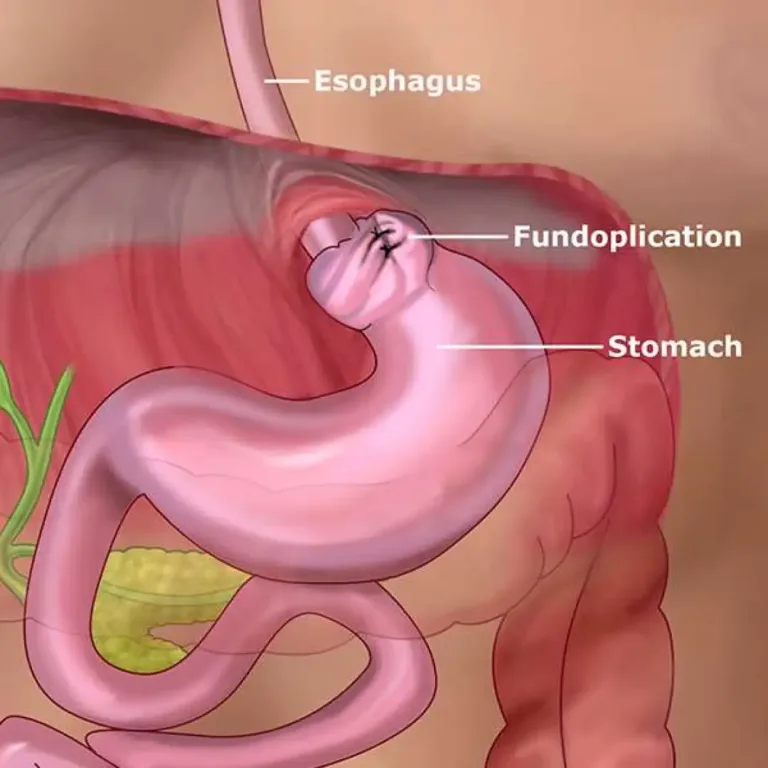A gastroscopy, also known as an upper endoscopy, allows visual examination of the oesophagus, stomach and duodenum. During this procedure, an endoscope (small camera) is passed through the mouth to provide gastrointestinal images. As this can cause some discomfort, you may wonder whether sedation is advisable.
For many patients, gastroscopy is easily tolerable without sedation. Sensations of pressure and fullness may occur when the scope passes through, but serious pain is uncommon. Being able to follow instructions also enables quicker procedures.
However, anxious patients or those worried about discomfort may benefit from sedation. Though uncommon, some also experience painful gastroscopies due to gastrointestinal strictures or anatomical sensitivities. Sedation can ease any unpleasant sensations in these cases. It allows patients to relax through quicker procedures as well.
The option exists for conscious sedation with a mild sedative and pain relief medication. This causes drowsiness but patients can still follow commands if needed. It avoids risks of deeper sedation while minimising discomfort. Discuss the pros and cons with your endoscopist to determine if conscious sedation suits your situation.
In summary, for most routine gastroscopies sedation is helpful but not always necessary. It can allow relaxation and ease pain when required. Consider your personal factors before deciding whether to opt for conscious sedation.





